Research Research Highlights
Research Highlights
Research Highlights
Research Highlights
Research Highlights 미리보기
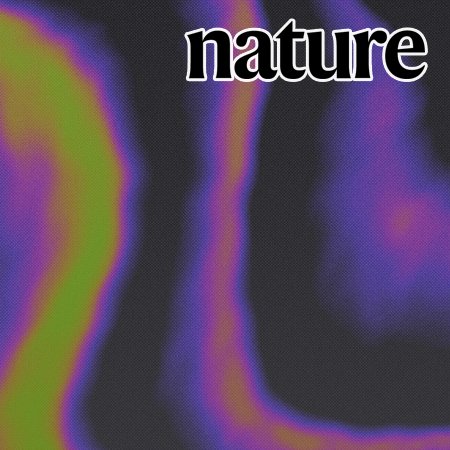
Atomic lift-off of epitaxial membranes for cooling-free infrared detection
Prof. Celesta S. Chang
Professor Celesta S. Chang's research team from the Department of Physics and Astronomy has developed an 'Atomic Lift-Off' technique that enables the production of ultrathin, freestanding perovskite oxide membranes—paving the way for high-performance, cooling-free infrared sensors.
Research Highlights Board
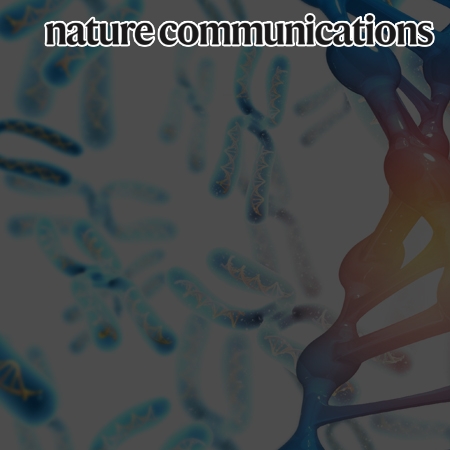
Dynamic interaction of BRCA2 with telomeric G-quadruplexes underlies telomere replication homeostasis
Prof. Hyunsook Lee & Prof. Seong Keun Kim
BRCA2-deficient cells precipitate telomere shortening upon collapse of stalled replication forks. Here, we report that the dynamic interaction between BRCA2 and telomeric G-quadruplex (G4), the non-canonical four-stranded secondary structure, underlies telomere replication homeostasis.
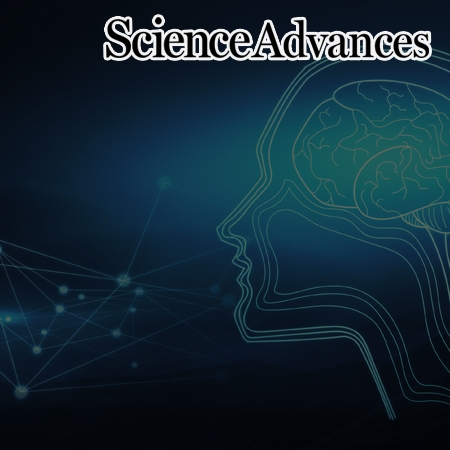
Digital selective transformation and patterning of highly conductive hydrogel bioelectronics by laser-induced phase separation
Prof. Seung Hwan Ko
The patterning of poly(3,4-ethylenedioxythiophene):poly(styrene sulfonate) (PEDOT:PSS) hydrogels with excellent electrical property and spatial resolution is a challenge for bioelectronic applications.
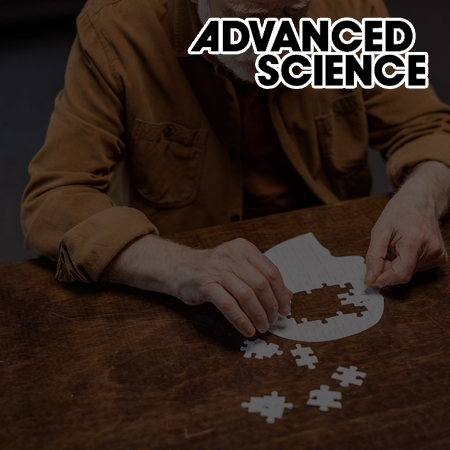
Multi-omics-based autophagy-related untypical subtypes in patients with cerebral amyloid pathology
Prof. Inhee Mook
Recent multi-omics analyses paved the way for a comprehensive understanding of pathological processes. However, only few studies have explored Alzheimer’s disease (AD) despite the possibility of biological subtypes within these patients. For this study, unsupervised classification of four datasets (genetics, miRNA transcriptomics, proteomics, and blood-based biomarkers) using Multi-Omics Factor Analysis+ (MOFA+),
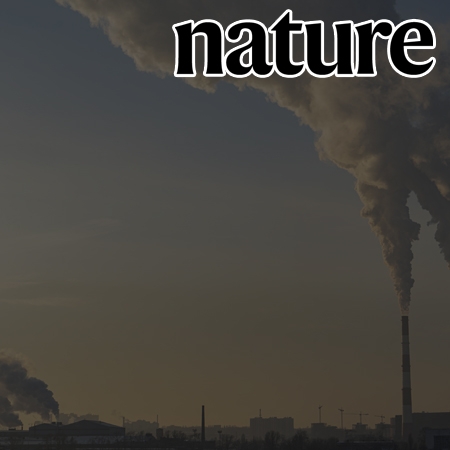
The size of the land carbon sink in China
Prof. Sujong Jeong
A substantial part of China’s anthropogenic emissions has been offset by its land carbon sink, which represents an important element in achieving carbon neutrality by 2060.

Adipocyte HIF2α functions as a thermostat via PKA Cα regulation in beige adipocytes
Prof. Jae Bum Kim
Thermogenic adipocytes generate heat to maintain body temperature against hypothermia in response to cold. Although tight regulation of thermogenesis is required to prevent energy sources depletion, the molecular details that tune thermogenesis are not thoroughly understood.
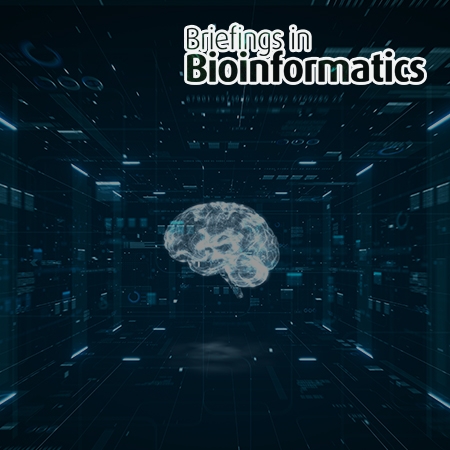
DeepHisCoM: Deep learning pathway analysis using hierarchical structural component models
Prof. Taesung Park
Many statistical methods for pathway analysis have been used to identify pathways associated with the disease along with biological factors such as genes and proteins.
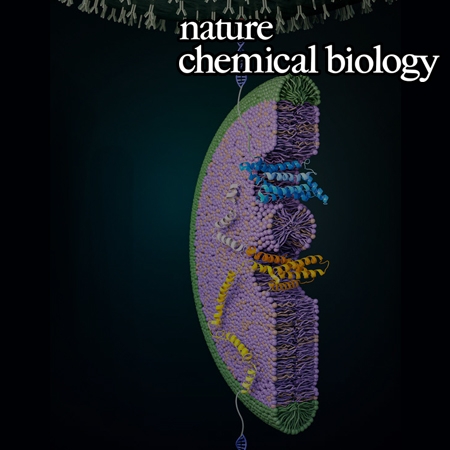
Evolutionary balance between foldability and functionality of a glucose transporter
Prof. Tae-Young Yoon
Professor Tae-Young Yoon's team from the School of Biological Sciences announced that they have revealed the folding mechanism of glucose transporter, a complex membrane protein, for the first time using magnetic tweezers.
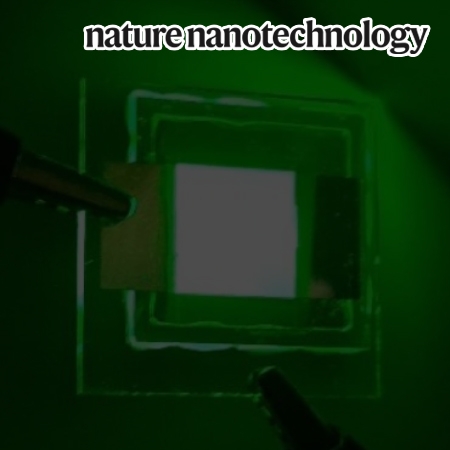
Exploiting the full advantages of colloidal perovskite nanocrystals for large-area efficient light-emitting diodes
Prof. Tae-Woo Lee
Professor Tae-Woo Lee's team in the Department of Material Engineering announced that they have developed the world's most effective large-scale light-emitting diodes by using metal halide perovskites, which is a promising material for lighting devices.
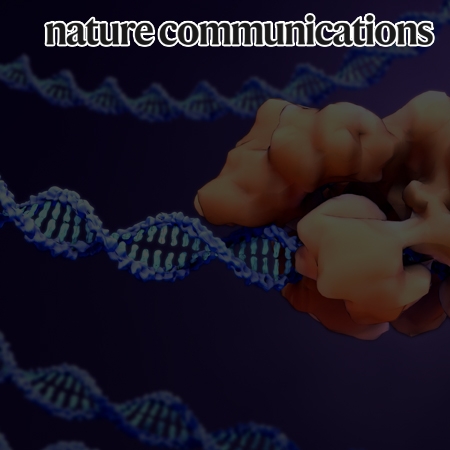
Spatial epitranscriptomics reveals A-to-I editome specific to cancer stem cell microniches
Prof. Sunghoon Kwon & Prof. Wonshik Ha
The joint research team led by Professor Sunghoon Kwon from the Department of Electrical and Computer Engineering and Professor Wonshik Han from the College of Medicine announced that they have developed a platform for discovering targets for new chemotherapy drugs by using technology used for analyzing cancer RNA editome.

MarcoPolo: a method to discover differentially expressed genes in single-cell RNA-seq data without depending on prior clustering
Prof. Buhm Han & Prof. Keehoon Jung
The joint research team led by Professor Buhm Han from the Department of Biomedical Sciences and Professor Keehoon Jung from the Department of Anatomy and Cell Biology announced that they have succeeded in developing a new AI algorithm for analyzing single-cell RNA-seq data.
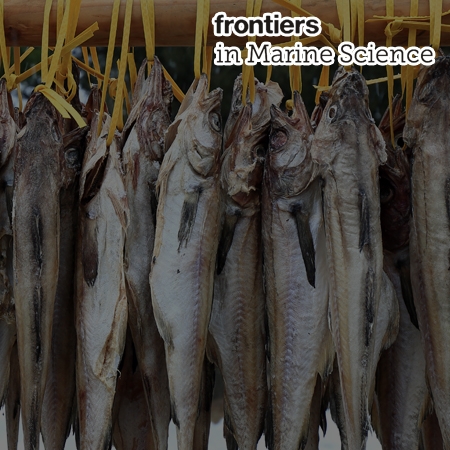
Potential Impact of Late 1980s Regime Shift on the Collapse of Walleye Pollock Catch in the Western East/Japan Sea
Prof. Yang-Ki Cho
The research team led by Professor Yang-Ki Cho from the School of Earth and Environmental Sciences announced that they have scientifically proved that rapid ocean current changes and rise in sea surface temperature occurred during the period when the number walleye pollocks dramatically decreased.

SREBP1c-PARP1 axis tunes anti-senescence activity of adipocytes and ameliorates metabolic imbalance in obesity
Prof. Jae Bum Kim
The research team led by Professor Jae Bum Kim from the School of Biological Sciences revealed that the accretion of senescent obese adipocytes causes inflammation in fat tissues and insulin resistance which can lead to metabolic diseases.

